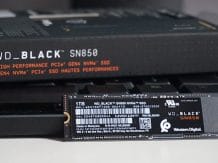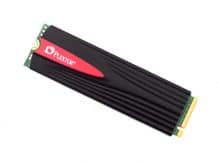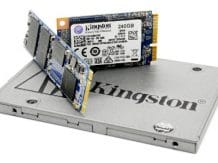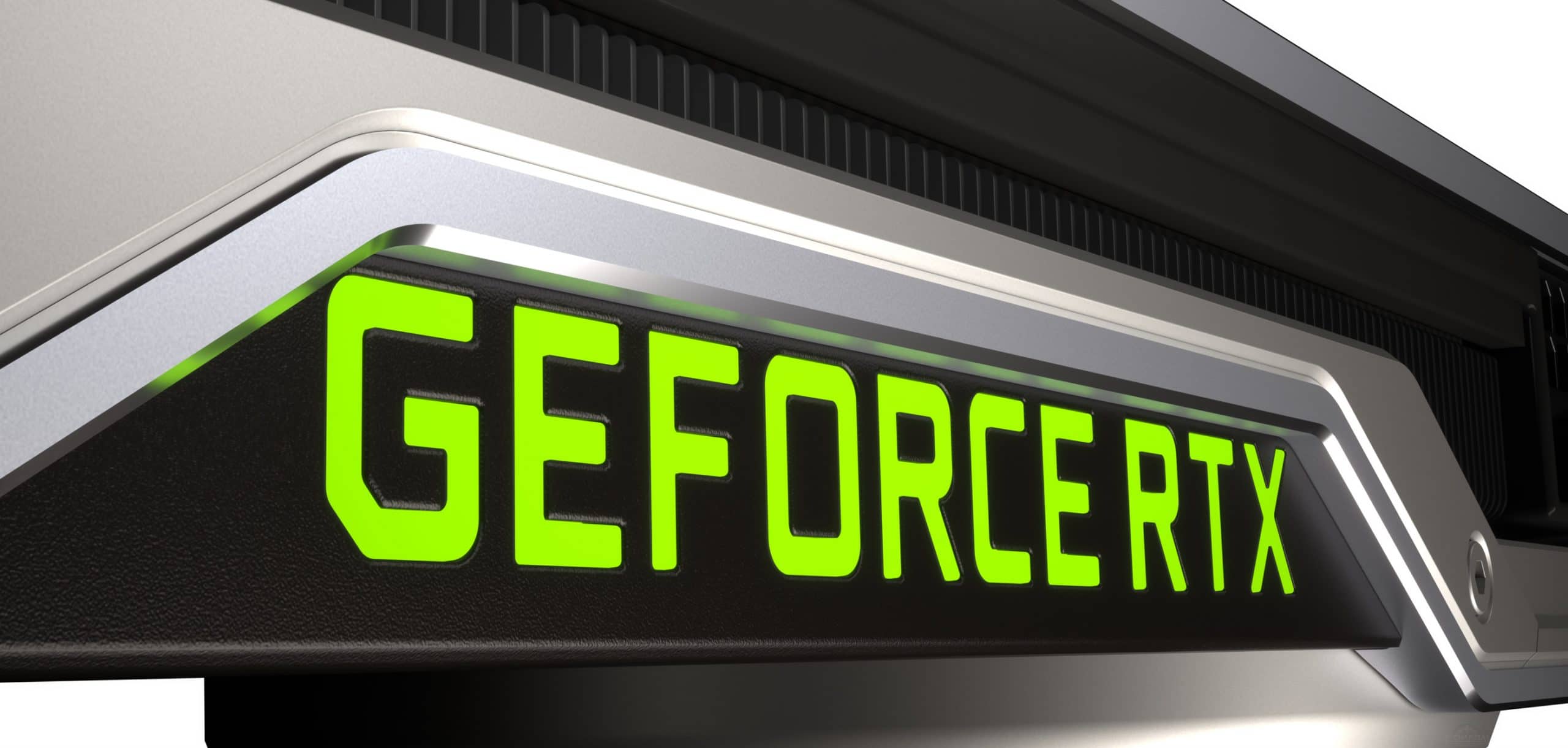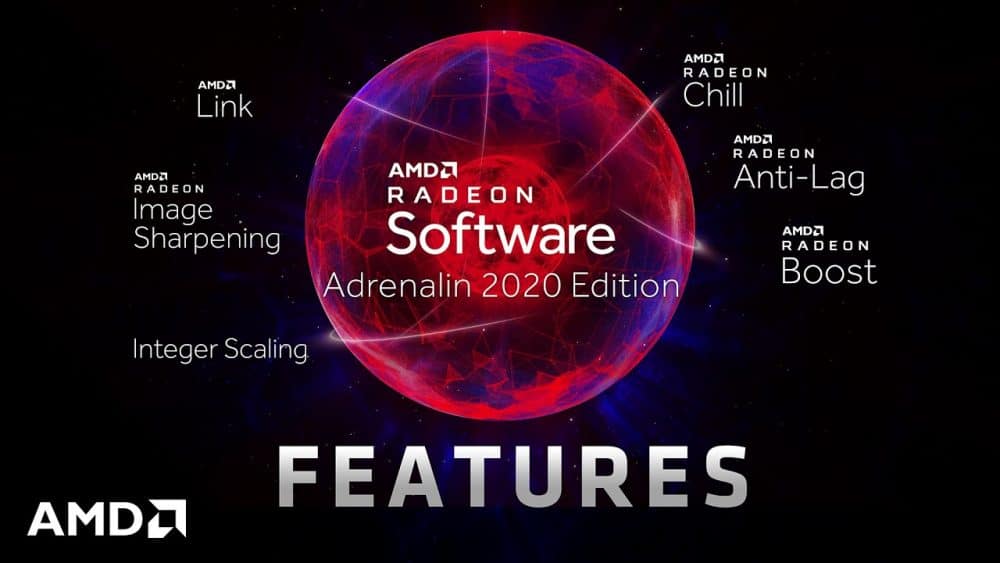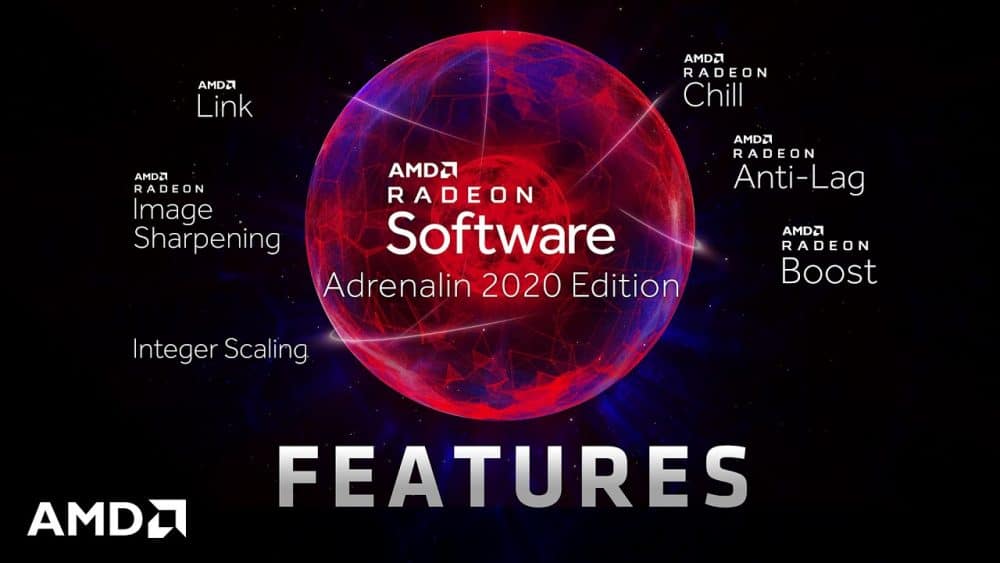Silicon Power S55, S60, S70, V60, V70 – Today will will take a look at the Specs, Hashrate, CPU performance and also a testing of this SSD Drive. We will go into more details as it regards to the testing in the article below.
Continuation.
Choosing SSD 120-128 GB: test of four models OCZ, ADATA, Kingston and Silicon Power.
Choosing SSD 120-128 GB: test of three models ADATA, Crucial and Transcend.
Choosing a 90-128 GB SSD: so different and all together. Kingston, Plextor, Samsung, SanDisk and SmartBuy.
JMicron and Phison in 120-128GB SSD drives. Is a real alternative to SandForce and Marvell?
We are testing SSD 120-128 GB: Corsair Neutron GTX, Samsung 840 Pro, OCZ Vertex 450 and OCZ Deneva 2 C.
Participants in the new test, which took place with the assistance of our partner, Regard, were five Silicon Power solid-state drives of the same size – 120 GB:
* Prices are indicated at the time of writing the review.
It is worth paying attention to the marking: seventeen characters, of which only one or two differ. If you are not very careful, you can get confused. Moreover, the cost of Silicon Power models is practically the same!
Are they really that similar, these drives? Is the choice made so bad in terms of performance? This material will be devoted to clarifying this. Another goal of the review will be another interesting question, which will be discussed later.
Test participants
announcements and advertisements
-14000р на RTX 3060 ASUS Dual
RTX 3060 MSI Gaming – a drain for a penny
RTX 3070 cheapest and all at Compeo.ru
-15000р на RTX 3060 MSI Ventus
Prices for video cards went down steeply
-14000р на RTX 3060 Gigabyte Eagle
Another top vidyaha with a mega discount
RTX 3060 – prices have gone down
First-hand Z590 motherboards at very good prices
RTX 3060 12Gb in XPERT.RU – be in time 🙂
Galaxy S20 family price crash 25% discount
RTX 3070 at XPERT.RU at the lowest prices
Lots of RTX 3090 in XPERT.RU
In appearance, these SSDs differ quite noticeably:

Matt black, black (metallic), gray (metallic), golden champagne (metallic), bronze (metallic). There are differences in dimensions, for example, in the thickness of the case:

Drives with the letter “S” in the name belong to the Slim family, the thickness of their case is 7 mm. The V-ruler (Velox) has a similar parameter of 9.4 mm.
Accordingly, the manufacturer positions Slim solid-state drives as solutions for ultrabooks and other compact mobile devices. And the Velox series models are designed for use in conventional desktop personal computers. The packaging of Silicon Power drives is almost the same, the differences are minimal. The front side shows an artistic image of the SSD model:

On the back of the box are marketing slogans:

The interior is the same:

The drive is placed in a plastic box with a transparent lid. The package includes instructions and four mounting screws. Models of the Velox series are additionally supplied with an adapter from 2.5 “to 3.5” format – for installing the disk into a standard seat in the system unit case:

Along with the adapter, four more mounting screws appear in the kit, for a total of eight.
Now let’s take a closer look at the drives themselves.
Silicon Power S55 120 Гбайт (SP120GBSS3S55S25)
The only solid-state drive among the test participants that stands out for its appearance.


Isn’t it something familiar? Remember the PQI S522 SSD 120 GB …


… and SmartBuy Ignition 128 GB (which became a 120 GB drive after a firmware update), which were discussed in one of the previous reviews.


Before us is the same disc, produced by contractor Phison based on the reference design on its PS3108-S8 controller with re-labeled memory. According to unofficial data, this is MLC NAND 19 nm Toggle Mode, purchased from Toshiba in the form of production plates and cut, tested and marked by the contractor Phison – exactly as the infamous OCZ does.
But there are still differences: if earlier we encountered firmware versions 4.3 and 4.6, then in this drive it “grew” to version 5.0.
Silicon Power S60 120 GB (SP120GBSS3S60S25) and V60 120 GB (SP120GBSS3V60S25)
Junior models in the Silicon Power solid-state drive line based on SandForce controllers.




The appearance is unremarkable. Inside – the same board with eight SanDisk chips, manufactured using the 24 nm process technology and operating in Toggle Mode 2.0. In fact, this is a close analogue of the Corsair Force GS (the main visible difference is the board is full-length, and not shortened like in Corsair).
Silicon Power S70 120 GB (SP120GBSS3S70S25) and V70 120 GB (SP120GBSS3V70S25)
Senior solutions of the SSD Silicon Power line.


The first of them, Silicon Power S70 120 GB, has already been tested earlier, but there are reasons to return to it again: without changing the model name, without adding any additional identification marks, Silicon Power transferred the S70 and V70 series to new flash memory. If before the memory of IMFT production was used, made according to the 25 nm process technology, now 20 nm memory with the marking 29F64G08ACMF3 is used (the manufacturer is the same – a joint venture of Intel and Micron).
Such an event almost certainly made it possible to reduce the cost of the drive. But how did it affect the speed characteristics?


The firmware version has also changed: the already reviewed S70 was running version 5.0.4, the updated S70 came into our hands with 5.0.6, and in the meantime, version 5.0.7 was released on the official Silicon Power website.
A little freedom
Rumors began to circulate on technical forums some time ago that drives based on the SandForce platform were losing some of their performance when the firmware was updated to version 5.0.7.
Due to the availability of the Silicon Power S70 model with the versions 5.0.6 and 5.0.7 available for it, it will be possible to carry out comparative testing of the firmware. And at the same time find out how the performance indicators will differ from the old 25 nm version of this SSD, and what the buyer of the updated drive will lose or gain.
But such testing, in principle, is of purely academic interest, since among all four Silicon Power representatives on SandForce, only S70 came with firmware version 5.0.6, the rest are initially shipped with 5.0.7.
It is worth noting that Silicon Power drives are not supplied with proprietary software, the manufacturer offers to download on the official website only the standard LSI flashing program for updating the device’s firmware.

This program has one feature: it is allowed to update the firmware only with the installed standard Windows driver for the SATA controller called msahci. If you are using iaStor Intel, or amd_sata AMD (depending on the motherboard installed in the system), the flasher simply will not see the solid-state drive.

Therefore, it is necessary to manually (through the Windows Hardware Manager) at least temporarily return msahci.
The update process itself is not difficult, unless the LSI programmers for some reason have not taught their program to determine the required firmware version and the user will have to do it manually. In addition, this is somewhat complicated by the presence of a decent list of S70 modifications, which differ not only in the technical process of the used flash memory.
Therefore, after downloading the firmware archive from the Silicon Power website and unpacking it, you need to launch the flasher itself, through it (by pressing the “Update Firmware” button) select the required firmware version. It is determined very simply: by the last five characters in the “Signature” column in the main program window.

In this case, it is 27076. This file should be selected.

For a while, the program seems to freeze, then a check mark is displayed in front of the drive that has just been updated, signaling the successful completion of the process.

Please note that both upgrades and downgrades are allowed. Except for two drawbacks: the standard LSI flasher does not allow saving the current firmware version, while there is no archive of previous versions on the Silicon Power website – when a new firmware version is released, the previous one is simply deleted from the site. Therefore, if necessary, such an archive must be prepared in advance.







